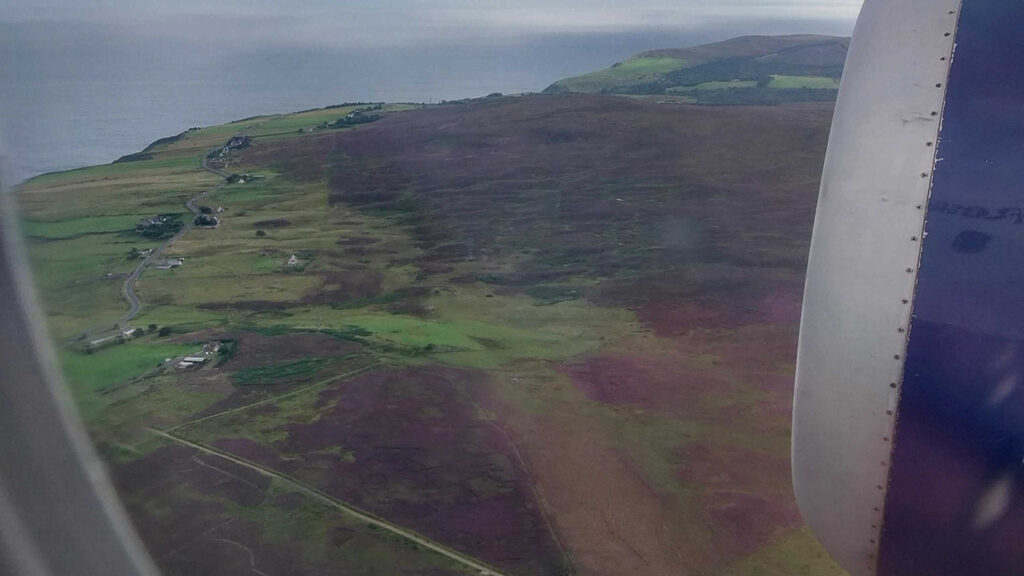
Research Runway: Monitoring methane emissions from Scottish Wetlands
In 2023, our FAAM Airborne Laboratory launched a unique opportunity for environmental researchers to use the specially adapted research aircraft.
The scheme, called Research Runway, allows researchers at every stage of their career to access a world-leading observation platform to study topics ranging from climate change and severe weather to air pollution.
Research Runway provided up to 10 flying hours onboard the FAAM Airborne Laboratory for campaign ideas set to take flight over summer 2023 – spring 2024.
There were three Research Runway projects, which involved early career researchers and new facility users from the University of Reading, Royal Holloway, University of London, and University of Birmingham taking to the skies.
In this article we focus on the project known as MEWS, which was led by Royal Holloway, University of London in summer 2023.
Project: Methane Emissions from Wetlands in Scotland (MEWS)
The Methane Emissions from Wetlands in Scotland (MEWS) project took a team of scientists to the Flow Country in Scotland to measure methane emissions from the largest blanket bog – a type of peatland – in Europe.
Methane is a powerful greenhouse gas and emissions have been rising rapidly over the last decade. Its warming effect on our climate is around 34 times greater than carbon dioxide over a one hundred year period.
Methane is released from peatlands as part of long-term natural processes, but global warming is rapidly accelerating this process – and this becomes an even bigger problem when released methane feeds back into the same process and warms the atmosphere further.
While there have been ground-based observations of methane emissions in the Flow Country, there are still some areas that have not been studied. MEWS was the first project to make airborne measurements of methane by flying the FAAM Airborne Laboratory’s research aircraft over the Flow Country region.
Two flights in one day enabled the research aircraft team to make multiple transects of the study area, within the atmospheric boundary layer, capturing the downwind gradient in atmospheric methane concentrations. Conditions for the flights were ideal – the aircraft crew successfully sampled methane that was building up in the air downwind of the bogs.
